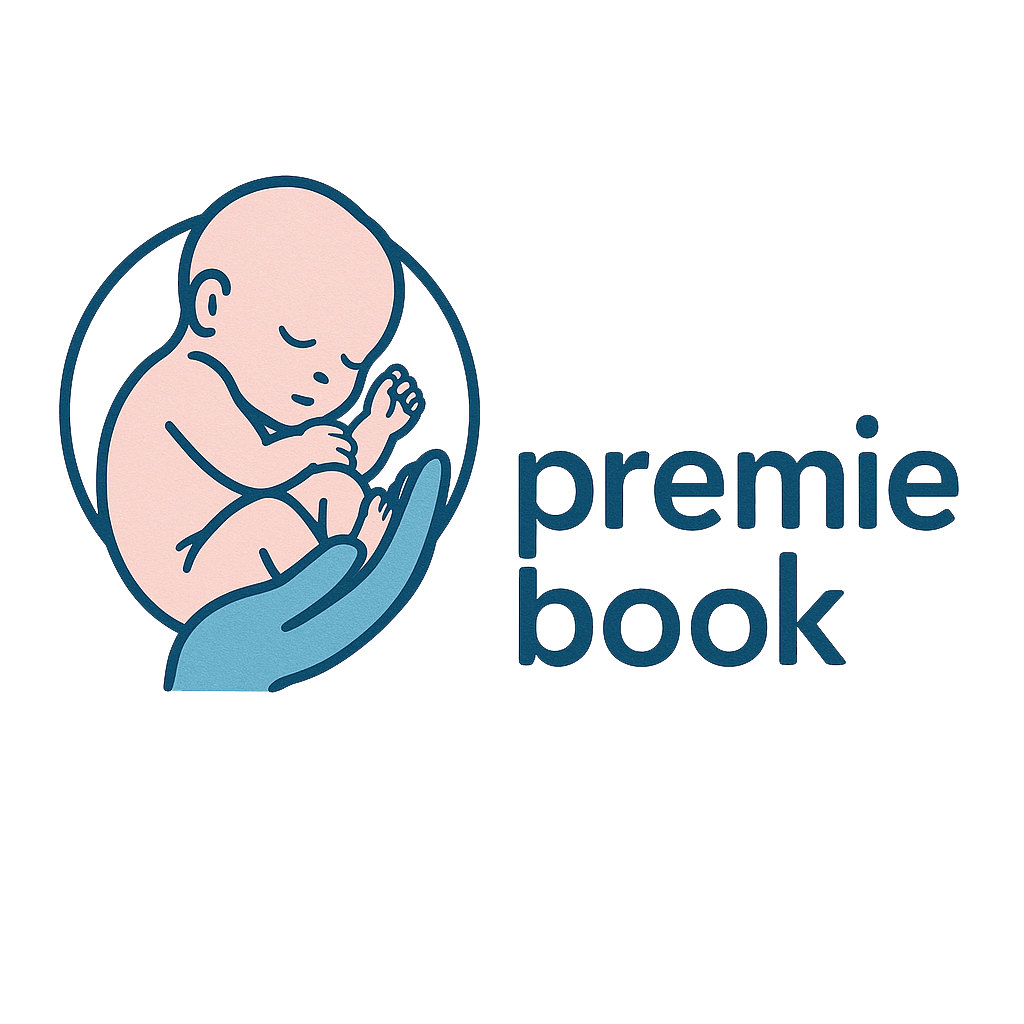The U.S. LED Lighting Market is experiencing significant growth, driven by advancements in energy efficiency, government incentives, and technological innovations. As the demand for sustainable and cost-effective lighting solutions increases, the market is poised for substantial expansion in the coming years.
Surge in Smart Lighting Adoption
One of the most notable trends in the U.S. LED Lighting Market is the rapid adoption of smart lighting systems. These systems offer enhanced control, energy savings, and integration with IoT devices, making them increasingly popular in both residential and commercial sectors. The ability to control lighting remotely and automate settings based on occupancy or time of day contributes to energy conservation and improved user experience.
Government Incentives and Regulatory Support
Government initiatives play a crucial role in accelerating the adoption of LED lighting technologies. Incentives such as rebates, tax credits, and energy efficiency programs encourage consumers and businesses to transition from traditional lighting to LED solutions. Additionally, regulations mandating energy-efficient lighting standards further propel the market's growth.
Technological Advancements Driving Innovation
Technological advancements continue to drive innovation in the LED lighting industry. Developments in LED chip technology, driver electronics, and thermal management have led to products with higher luminous efficacy, longer lifespan, and improved color rendering. These innovations not only enhance lighting quality but also contribute to the overall reduction in energy consumption.
Integration with Emerging Technologies
The integration of LED lighting with emerging technologies such as the Internet of Things (IoT) and smart home ecosystems is transforming the way lighting systems are utilized. IoT-enabled LED lights can communicate with other smart devices, enabling features like adaptive lighting, remote diagnostics, and predictive maintenance. This interconnectedness enhances operational efficiency and user convenience.
Market Outlook and Future Prospects
Looking ahead, the U.S. LED Lighting Market is expected to continue its upward trajectory. Factors such as increasing awareness of energy conservation, declining LED prices, and the growing emphasis on sustainable building practices are anticipated to drive market expansion. The shift towards smart cities and the adoption of green building standards will further bolster the demand for advanced LED lighting solutions.
Conclusion
In conclusion, the U.S. LED Lighting Market is undergoing a transformative phase, characterized by technological advancements, regulatory support, and a shift towards sustainability. As the market evolves, stakeholders must stay abreast of emerging trends and innovations to capitalize on the opportunities presented by this dynamic industry.


